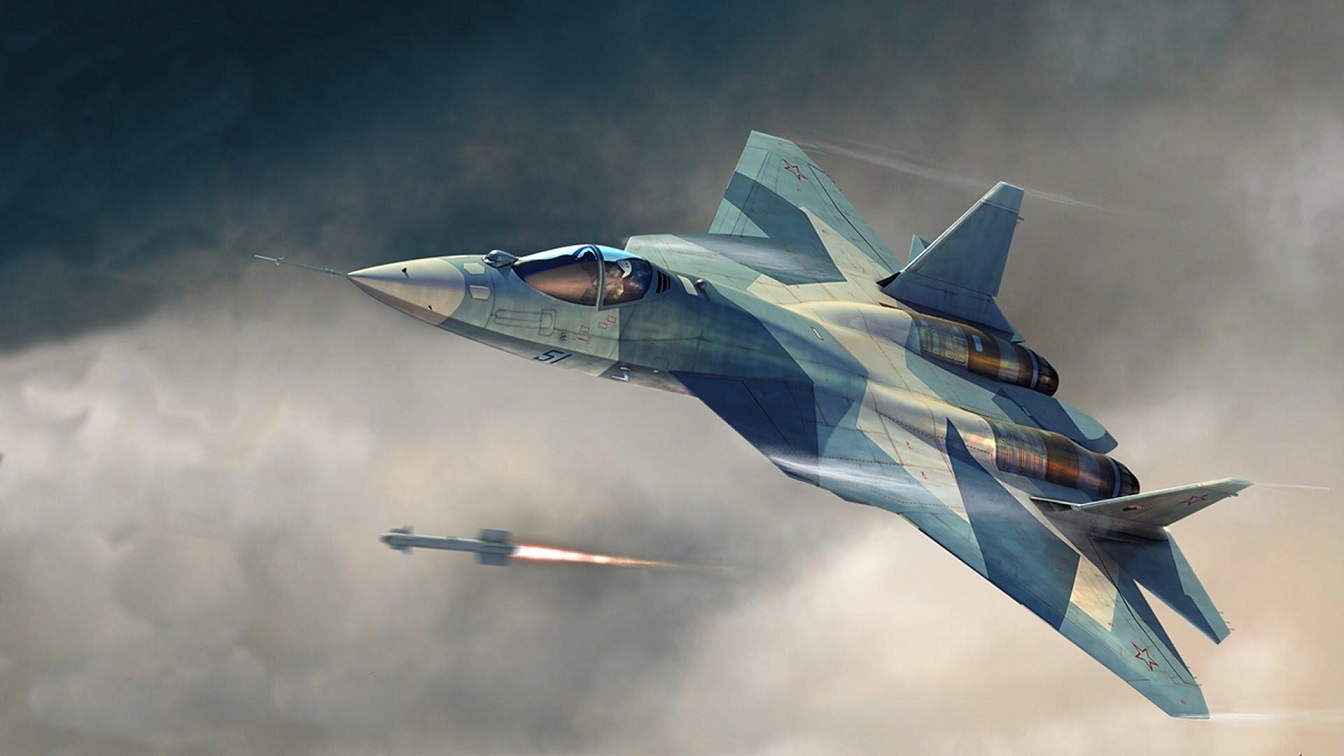NATO vs. Russia War? The prospect of a massive Russia-NATO war across the European continent has struck fear in the minds of thousands for decades, as it represents what could be thought of as a spirit of the times or “zeitgeist” for decades during the Cold War.
Aggressive Russia-NATO Climate
The fear of a Russia-NATO clash has intensified in recent years both prior to and of course since Russia’s invasion of Ukraine. The concern has been massive for many years, and as far back as seven years ago in 2016, the Rand Corp. published a concerning study suggesting that, given the size and depth of its ground war arsenal, Russia could quickly overrun the Baltics should it choose to invade. The findings of this study prompted discussion about sending more U.S. forces to Eastern Europe to strengthen a deterrence posture.
Baltic Concern
The widely read and quoted 2016 Rand Corporation study called “Reinforcing Deterrence on NATO’s Eastern Flank, Wargaming the Defense of the Baltics,” raised concern about NATO’s ability to defend Eastern Europe. The published report, emerging from extensive wargaming, made the determination that the Baltic states would be quickly overrun by Russian forces in the event of any invasion. The study recommended that the Pentagon substantially reinforce its combat presence and forward-deployment activities in the region.
However, this study was published in 2016, years before the arrival of sufficient numbers of F-35s across the European Continent. The current concentration of F-35 power in Northern Europe introduces the possibility that the U.S. and its allies could, if necessary, quickly launch a massive 5th-generation air assault into Russian airspace should that instantly become necessary. Not only does Finland itself share a border with Russia, but the Russian coastline and the Baltic states border the Baltic Sea. This places Russia easily within the combat attack radius of F-35s from Poland, Finland, Norway, Denmark, Netherlands, and possibly even the UK.
“Nine nations have F-35s operating from a base on their home soil, 12 services have declared Initial Operational Capability and six services have employed F-35s in combat,” a statement from Lockheed Martin on F-35 activities in 2021 said.
While Russia does have some air power and advanced technology, the largest concern for NATO has been its sizable ground force. Global Firepower’s military rankings states that Russia owns as many as 12,000 tanks and thousands of other armored vehicles.
Russia’s military performance during the war in Ukraine has led many to question its status as a global superpower, given its military’s poor execution of Combined Arms Maneuver, tactical execution, and logistical support for advancing forces. Some may even raise the question as to whether the Russian military could be somewhat of a paper tiger.
Russia Still in the Fight Against NATO
This being said, there is little doubt that Russia has a sizeable land Army and is of course a nuclear power, so the threat has by no means disappeared. However, despite all of the support the U.S. and NATO are giving Ukraine, Russia has not attempted to truly challenge NATO.
What if there were actually a major confrontation now? Why hasn’t Russia challenged NATO, beyond simply making threatening statements? There may be a very clear, yet lesser-recognized reason why Putin does not truly want to challenge NATO. Certainly, NATO has a formidable ground force, yet it seems Putin’s largest hesitation may have to do with air power.
Russia has hundreds of fighter jets, including extremely dangerous Su-30s, Su-27s, and Su-35s, and of course its emerging 5th-generation Su-57.
However, Russian newspapers report that there are only a small number of Su-57s with more slated for production, and the aircraft may or may not truly rival the F-35. Regardless, Russia suffers from a numbers deficit in the air, as the U.S. already operates more than 300 F-35As and European allies are fast joining the multi-national community of F-35 allied nations.
Simply put, regardless of what a ground match-up may look like in a Russia-NATO conflict, Putin likely has enough self-preservation instinct to avoid challenging NATO in the air.
Given this, it does not seem surprising that the U.S. and NATO would move quickly to position more F-35s in Eastern Europe, as it would make little to no sense for Putin to attempt an air war engagement with NATO. Putin likely recognizes that, in any major engagement with NATO, he would quickly be destroyed from the air.
NATO F-35s exist in sufficient numbers to “mass” into formations across a wide area and use its Multifunction Advanced DataLink to share target detail across otherwise disparate nodes across a multi-domain battlefield.
MORE: Why Putin Fears the M1 Abrams Tank
MORE: I Went to War in the Leopard 2 Tank Ukraine Wants
Kris Osborn is the Military Affairs Editor of 19FortyFive and President of Warrior Maven – Center for Military Modernization. Osborn previously served at the Pentagon as a Highly Qualified Expert with the Office of the Assistant Secretary of the Army—Acquisition, Logistics & Technology. Osborn has also worked as an anchor and on-air military specialist at national TV networks. He has appeared as a guest military expert on Fox News, MSNBC, The Military Channel, and The History Channel. He also has a Masters Degree in Comparative Literature from Columbia University.

